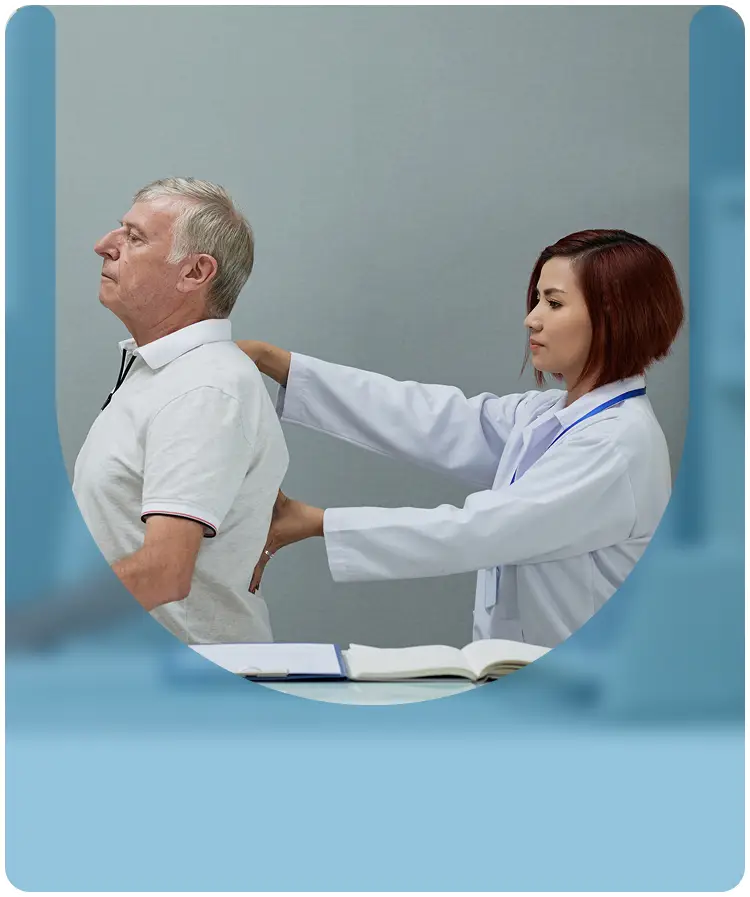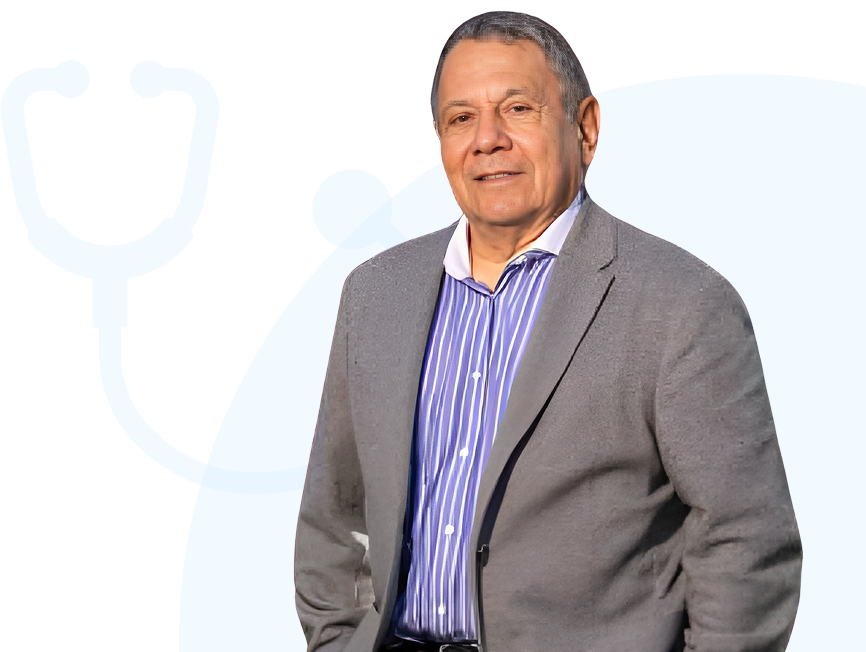Degenerative Disc Disease
Degenerative Disc Disease (DDD) is a leading cause of lower back pain, often misunderstood. It occurs when spinal discs deteriorate, leading to pain, weakness, or numbness in the back, legs, arms, or neck.
Degenerative Disc Disease
Degenerative disc disease refers to pain, weakness, or numbness caused by a damaged spinal disc
Structure of the Lower Back
The lower back is a complex structure consisting of interconnected and overlapping elements:

Tendons, muscles, and other soft tissues

Sensitive nerves running from the lower back to the feet.

Small and complex joints

Spinal discs with gelatinous inner cores
Degenerative disc disease describes the symptoms of pain and possibly radiating weakness or numbness stemming from a degenerated disc in the spine.
Main Causes of Pain
Inflammation
- If inflammation occurs in the lumbar disc space, pain can radiate into the hips, down the back of the leg, and possibly into the foot and toes.
- If inflammation occurs in the cervical disc space, neck pain may be localized or spread to the arm, shoulder, and even the hand.
Micromotion Instability
- When the annulus (the outer rings of the spinal disc) degenerates, it loses its ability to stabilize movement in the spine.
- This leads to "micromotion" instability, which can cause muscle spasms as the body attempts to stabilize the spine.
Both the inflammation and micromotion instability can cause lower back or neck muscle spasms. The muscle spasm is the body’s attempt to stabilize the spine. It is a reflex, and although the body’s response of muscle spasm is not necessary for the safety of the nerve roots, it can be quite painful. The muscle spasms associated with the instability are thought to cause the flare-ups of intense pain often associated with degenerative disc disease.
<span data-metadata=""><span data-buffer="">Common Symptoms
- Activity-related pain that flares up occasionally but returns to a lower intensity or disappears entirely.
- Severe episodes of back or neck pain lasting from days to months before returning to a chronic pain baseline.
- The intensity of chronic pain varies from mild irritation to severe, disabling pain (though complete disability is rare).
- Pain worsens with certain activities, especially bending, lifting, and twisting
- Some positions aggravate the pain, such as sitting vs. standing.
- Walking or even running may feel better than prolonged sitting or standing.
- Frequent position changes may provide relief.

Meet Dr. Pasquale X. Montesano
Dr. Pasquale X. Montesano is the principal Orthopedic Spine Surgeon at Montesano Spine & Sport. He holds a Bachelor of Science from Siena College and a medical degree from New York Medical College.
With extensive postgraduate training, Dr. Montesano has earned multiple awards, including the Volvo Award in Clinical Science (1998) and the Howmedica Spinal Fixator Grant (1989). He is a Diplomate of the American Board of Spine Surgery Society, a Fellow of the American Academy of Orthopaedic Surgeons, and a Member of the American College of Forensic Examiners.
Our Mission
Helping patients regain function and comfort from serious spine conditions.
Your First Visit
We’ll review your medical history, receive a neurological exam, and explore treatment options with a clear understanding of risks and benefits.

Degenerative disc disease
Disc Degeneration Is A Natural Part Of Aging And Over Time All People Will Exhibit Changes In Their Discs Consistent With A Greater Or Lesser Degree Of Degeneration. However, Not All People Will Develop Symptoms. In Fact, Degenerative Disc Disease Is Quite Variable In Its Nature And Severity.
